When designing a landscape or wildlife food plot that attracts deer, fruit trees can play a pivotal role in providing year-round forage. Not only do these trees offer delicious produce for human consumption, but they also serve as a reliable food source for deer, especially in late summer and early fall when they are preparing for the demanding winter ahead.
In this discussion, let’s explore some of the best fruit trees to plant for deer, highlighting each tree’s characteristics, regional adaptability, and the reasons they appeal to these magnificent animals.
Apple Tree
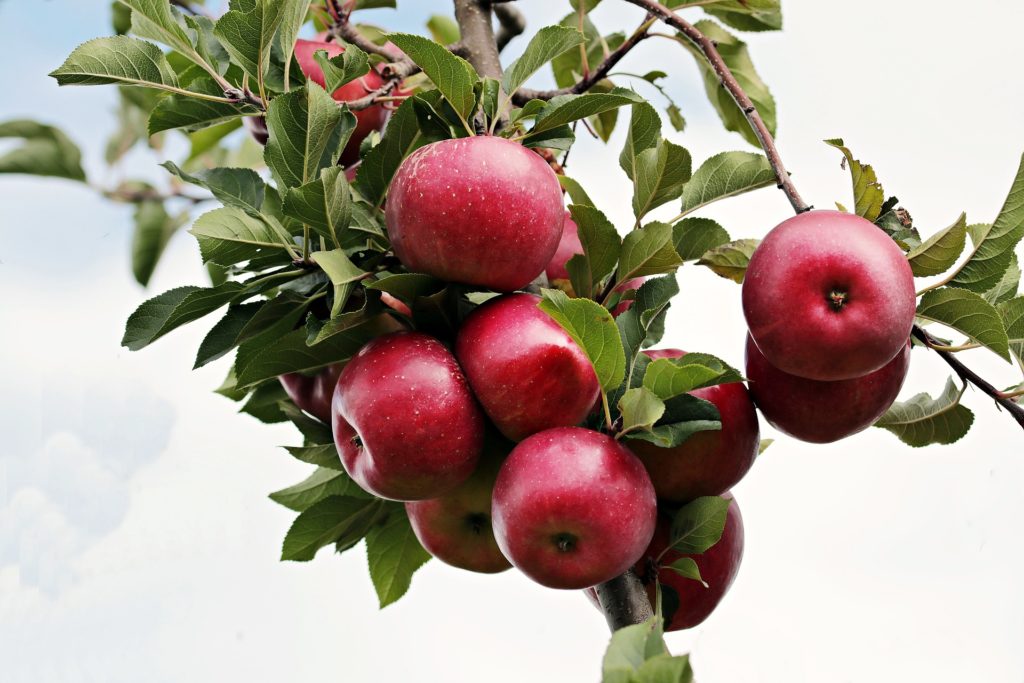
Apple trees are a classic choice for both deer enthusiasts and orchard owners alike. These trees thrive in a range of environments but particularly flourish in cooler temperate regions. USDA hardiness zones 3-8 are ideal for various apple cultivars.
Why do deer gravitate towards apple trees? The scent of apples serves as an olfactory lure, while the succulent fruits provide a sweetness that deer find irresistible. Late summer and early fall are peak seasons when deer feast on the fallen apples. Trees like the “Honeycrisp” or “Fuji” not only produce high-quality fruit but also attract wildlife. Another notable advantage is their ability to cross-pollinate, which can enhance overall yield.
When planting apple trees, consider spacing them adequately to ensure good air circulation and sunlight exposure. This leads to healthier trees and more abundant harvests, ultimately attracting deer. Moreover, as deer consume the apples, they help control the population of unwanted pests, ultimately benefiting the ecosystem.
Pear Tree
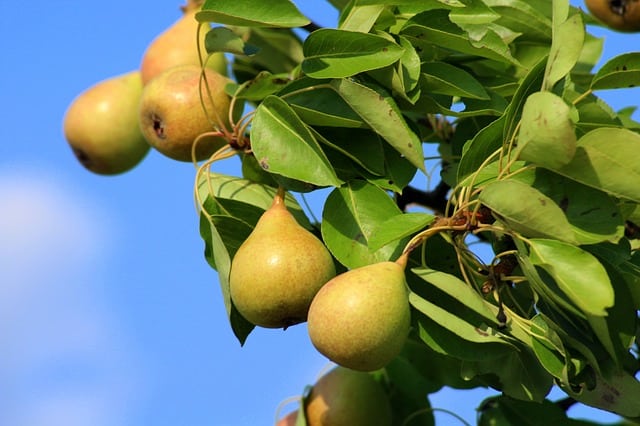
Just like apples, pears hold a special place in the hearts of deer. These trees often flourish in USDA zones 4-9, making them suitable for a variety of climates. Common varieties such as “Bartlett” and “Bosc” can yield an abundance of delicious fruit, appealing not only to humans but also to deer roaming nearby.
What sets pear trees apart is their late-ripening fruit, which keeps them relevant even when other food sources are dwindling. The tender, juicy pears fall to the ground in early autumn, serving as a sweet treat for foraging deer. Additionally, their foliage can provide shelter, offering a safe haven for deer during the hotter months.
When planning a pear tree planting, consider the spacing—around 20 feet apart is ideal. This spacing encourages better air circulation and sunlight penetration, boosting fruit quality and yield. Not only does this benefit you by providing a bountiful harvest, but it ensures that deer return time and again for the late-feeding opportunities.
Persimmon Tree
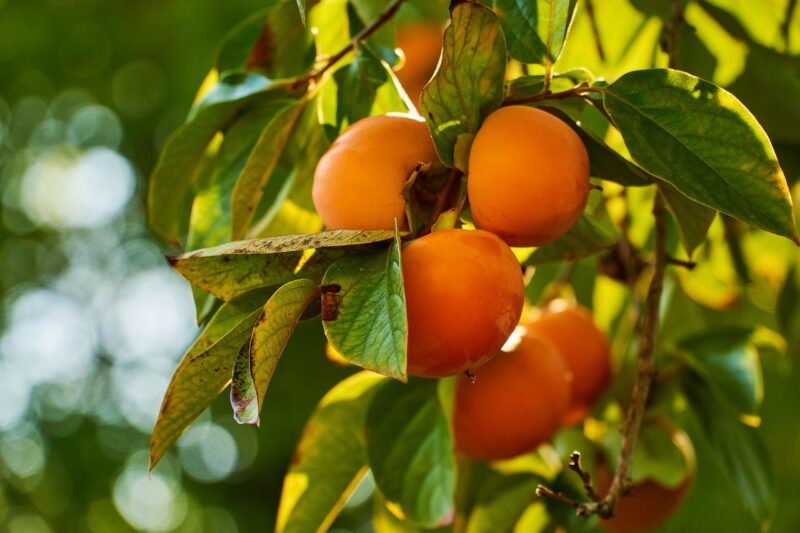
Persimmon trees are often overlooked but are among the top selections due to their unique fruit and late mature season. Thriving in USDA zones 4-9, the American persimmon is particularly favorable as it can adapt well to various soil conditions. Deer are greatly enticed by the sweet, jelly-like texture of the ripe fruit, which typically becomes available after the first frost, serving as a vital food resource when other options are diminishing.
Planting persimmons involves patience, as the trees can take several years to bear fruit. However, once established, they can produce for decades, yielding an abundance of fruit every fall. The strong scent emanating from the ripe persimmons attracts deer from afar, and the energy-rich content of the fruit aids in promoting healthy deer throughout the colder months.
It’s important to plant male and female trees to ensure successful pollination, maximizing your chances for thriving fruit productivity. These trees can serve as both a food and shelter resource, providing shade during hot weather while also creating an attractive haven for deer.
Plum Tree
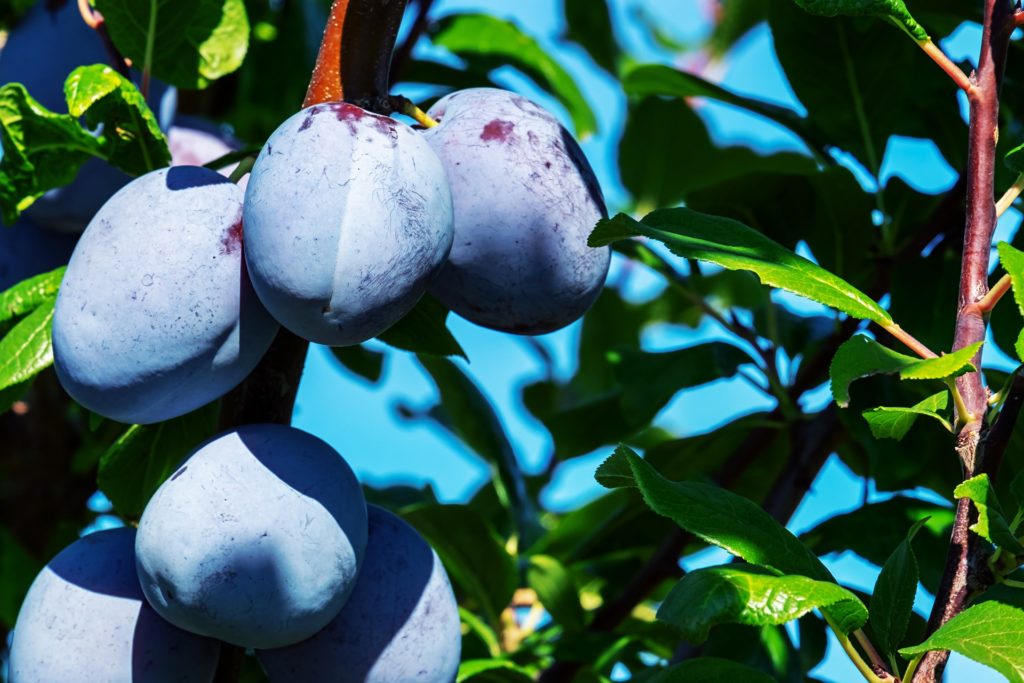
For those seeking diversity in their deer-friendly orchard, plum trees provide an exceptional option. With a hardiness range of USDA zones 4-10, these trees are adaptable to a variety of climates. Varieties like “Stanley” and “Methley” produce sweet, succulent fruits that are hard to resist for deer.
The plums ripen in mid-summer to early fall, attracting deer with their fragrant aroma and delectable flavor. Most notably, the blossoms of the plum tree in spring also draw in pollinators, ensuring a healthier ecosystem.
When planting plum trees, they should ideally be spaced about 15 to 20 feet apart to prevent overcrowding. Also, consider planting different varieties together for cross-pollination, which helps increase fruit yields. The fruit drops naturally, providing an easy pickings source for deer, making your landscape a hotspot for wildlife.
Cherry Tree

Cherry trees, both sweet and sour varieties, can be incredibly enticing to deer. Suitable for USDA zones 4-8, cherries bloom beautifully in spring and produce fruit that becomes irresistible to deer as the summer progresses. Types like the “Bing” and “Rainier” are popular and highly favored for their flavor and yield.
Deer are particularly drawn to the lush, red cherries that hang temptingly from the branches, especially when they fall to the ground and are easily accessible. Moreover, cherry trees can also serve as an aesthetic addition to your yard with their dazzling blossoms, enhancing the overall landscape while providing valuable deer forage.
When planting cherry trees, ensuring proper pollination is key—many varieties require a neighboring tree for optimal fruiting. Giving these trees space, typically around 20 feet apart, will lead to healthier growth and increased production, which in turn attracts deer continuously throughout the foraging season.
Mulberry Tree
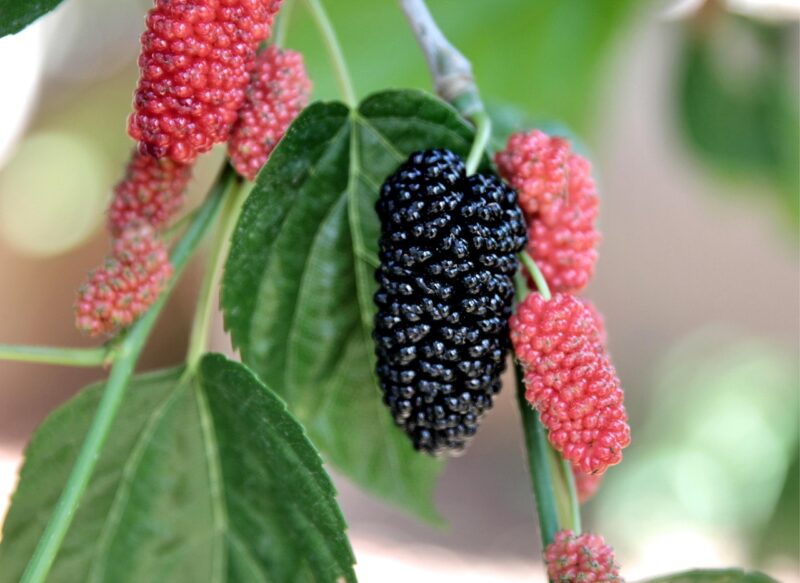
Often overlooked in favor of more traditional choices, mulberry trees are an unassuming yet highly effective food source for deer. Recommended for USDA zones 5-9, these fast-growing trees can provide rich nourishment with minimal cultivation. Varieties like “Illinois Everbearing” and “Black Mulberry” produce sweet, berry-like fruits that deer eagerly consume, especially in late spring and early summer.
The mulberries have a tendency to create a robust feeding area due to their prolific fruiting habits. They can attract not just deer, but a variety of wildlife, making them an excellent addition to a natural landscape. The trees’ dense foliage also affords deer ample cover, granting them a sense of safety while feeding.
Due to their adaptability, mulberry trees can thrive in a wide range of soil conditions, making them a low-maintenance option. Plant them in open spaces away from heavy shade to enhance sun exposure and fruit production. These contributions create a thriving deer population and a well-balanced ecosystem in your landscape.
Fig Tree
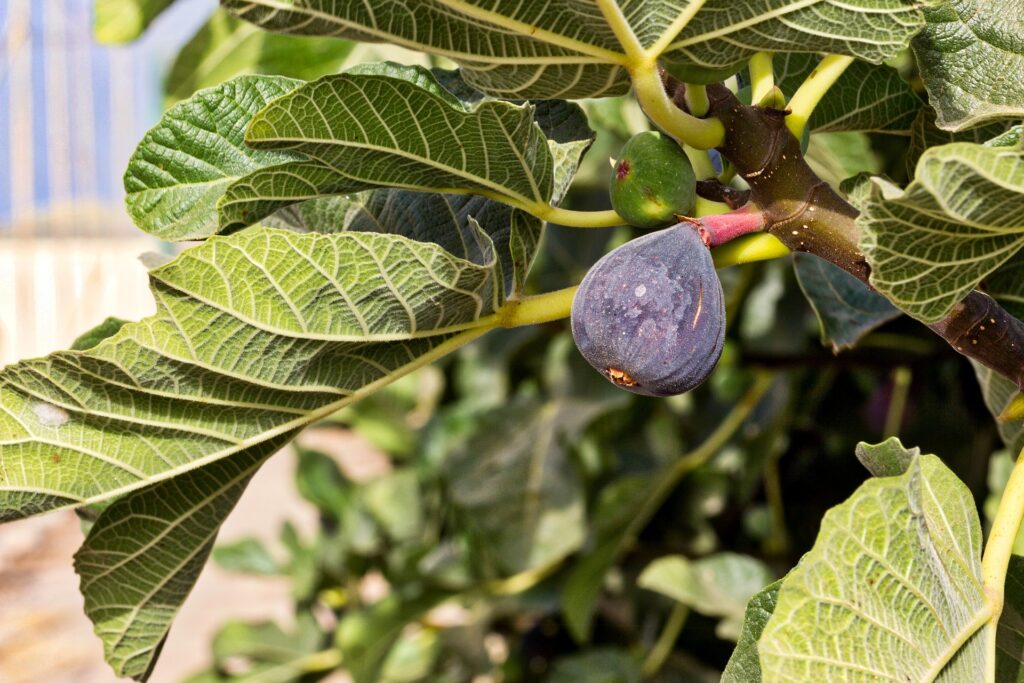
Figs are not just delicious for human palates; they are also a favorite among deer. These trees thrive in USDA zones 7-10 and require a warm climate, making them perfect for areas with milder winters. Varieties such as “Brown Turkey” and “Kadota” produce sweet, nutrient-dense fruit that becomes irresistible to wildlife as it ripens in late summer.
Figs not only provide sustenance; they also help in promoting a balanced diet for deer thanks to their high sugar and carbohydrate content. Deer will often return to fig trees throughout the season, enjoying the drop of figs on the ground long after the tree has been harvested.
When planting fig trees, ensure they are situated in full sunlight and well-drained soil. Fig trees can be somewhat fickle, so providing adequate care will lead to healthier trees and consistently higher fruit yields, ultimately attracting more wildlife to your property.
Pomegranate Tree
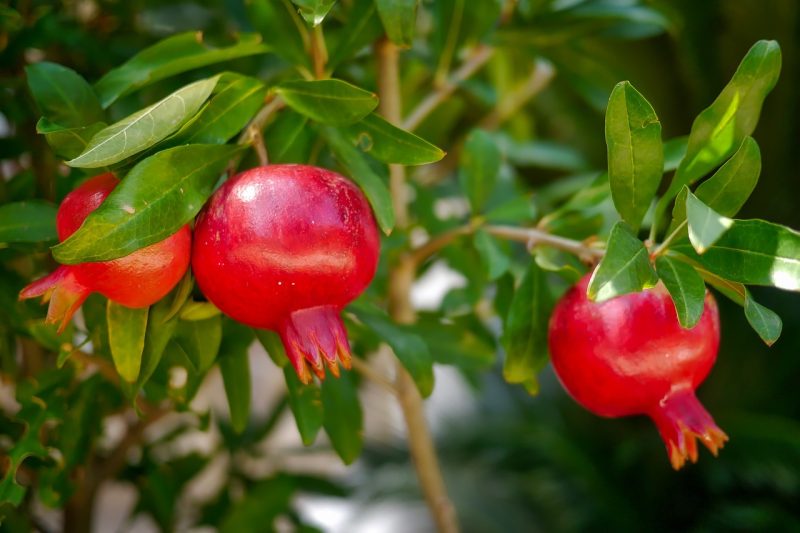
Pomegranate trees are a stunning and fruitful choice for deer-friendly gardens, particularly in USDA zones 7-10. These bushes create a prolific yield of sweet, tangy fruit that interests deer, especially during the late summer months when they are seeking energy-rich foods.
The bright red, jewel-like pomegranates are visually enticing, but it’s their seeds and juicy flesh that draw deer close, making them a valuable food source. These trees can also withstand arid conditions, offering resilience in regions with lower rainfall.
Planting pomegranate trees isn’t overly demanding; they prefer well-drained soil and full sun. Spacing them about 10-15 feet apart allows for adequate airflow and sun exposure, which facilitates a generous production of fruit. Their hardiness and minimal maintenance make them a perfect addition to any wildlife-friendly landscape.
Peach Tree
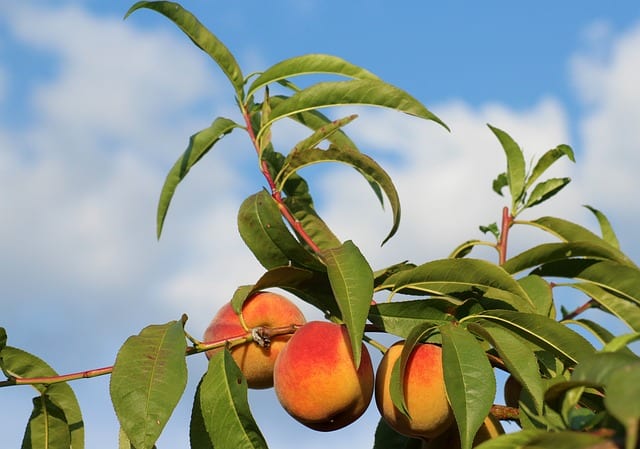
Peach trees are beloved by deer for their sweet, juicy fruit. Thriving in USDA zones 5-9, these trees not only provide a fantastic yield of delectable peaches but also a striking visual element with their vibrant blossoms in spring. Varieties like “Elberta” and “Red Haven” are particularly popular among fruit growers and deer alike.
Peaches ripen in late summer, aligning perfectly with the natural foraging patterns of deer preparing for fall. The rich sugars found in peaches appeal to deer, incentivizing them to frequent your landscape regularly. In addition to the fruit, young tender leaves can also serve as forage for deer during early growth stages.
For maximum yield, ensure proper planting by spacing peach trees about 15-20 feet apart. This allows for optimal airflow and sunlight exposure. Consider also selecting varieties that can cross-pollinate, which will enhance fruiting and attract more deer throughout the season.
Apricot Tree

Apricot trees present a less common yet still highly attractive food source for deer. Ideally flourishing in USDA zones 5-9, these trees offer fragrant blooms and sweet fruits that can significantly enhance a deer’s diet. Generally, varieties like “Tilton” and “Moongold” are hardy options that lend themselves to abundant harvests.
Apricots become appealing as they ripen in mid to late summer, presenting a delicious treat that deer find irresistible. The small, golden fruits create a frenzy when they fall to the ground, attracting various wildlife eager to savor their taste.
To plant apricot trees successfully, ensure they have around 15-20 feet of space in well-drained soil. They thrive in full sunlight, so a location with adequate light exposure will lead to a greater yield of fruit for deer. This consistency makes apricot trees a wise addition to any wildlife-friendly garden.
Planting Fruit Trees for Deer Provides a Unique, Dependable Food Source
Establishing a successful fruit tree orchard on your property has multiple benefits, especially for deer populations. Not only do fruit trees provide a dependable source of food, but they also create a dynamic ecosystem that supports various wildlife species. The beauty of these trees adds aesthetic value to the landscape while promoting biodiversity, making your yard a rich environment for all forms of life.
Moreover, as deer consume the fruit, they help manage predatory insects and keep the surrounding area healthier. As the seasons change and food sources become scarce, these trees continue to serve as a lifeline for deer, creating an essential forage site that encourages their frequent presence and supports their nutritional needs.
When establishing your fruit tree orchard, diversity is key. Planting an assortment of trees will ensure that different species are producing fruit at varying times of the year, providing a consistent food supply for deer throughout the seasons. This strategic planning not only benefits wildlife but enhances the overall health of your landscape.
Why the Sugars and Starches in Fruit are Important for Deer
Understanding the dietary needs of deer is crucial in managing their populations effectively. Fruits are rich in sugars and starches that provide quick-release energy. During critical seasons, such as late summer and early autumn when deer are preparing for winter, these sugars are vital.
A diet rich in carbohydrates supports deer metabolism and fosters better body fat accumulation, significantly impacting their survival during harsh winters. The high-energy content of fruits helps maintain healthy, robust deer capable of withstanding the stresses of changing environments and food scarcity.
Moreover, the natural sugars present in fruit promote good health, contributing to better reproduction rates and increased survival rates of fawns. As a sustainable food source, these fruit-bearing trees serve as an investment in the long-term health and vitality of deer populations in your area.
Why Big Bucks are Attracted to Fruit Trees
Bucks are particularly savvy when it comes to finding food sources that contribute to their growth and health. The densely nutritious fruit produced by various trees is especially appealing because it provides energy and nutrients necessary for maintaining body condition, especially post-rut when they often experience weight loss and fatigue.
The scent of ripening fruit can draw in deer from considerable distances, as bucks become diligent foragers keen on maximizing their energy intake in preparation for the mating season. Female deer, too, are drawn to fruit trees, creating a natural congregation point where bucks can find mates.
Additionally, the combination of shelter and food provided by fruit trees enhances their appeal. As bucks navigate their territories, they will remember productive feeding sites that offer both nourishment and safety. Strategically planting fruit trees around your property can make your landscape a hotspot for big bucks.
What to Know About Planting Fruit Trees for Deer
When planning your deer-friendly fruit orchard, several factors must be considered. It’s essential to choose fruit tree species that are compatible with your local climate and soil conditions. Consult local agricultural extension services or horticulturalists to identify the best varieties for your area and ensure successful growth.
Spacing is another vital aspect of planting fruit trees. Adequate distance between trees improves air circulation and sunlight exposure, leading to maximum fruit yield and overall health. Moreover, consider the establishment of a protective barrier against deer or other wildlife that might damage saplings initially.
Planting young trees in early spring or fall gives them the best chances of root establishment. Regular maintenance, including pruning, watering, and pest control, will lead to healthier trees that consistently bear fruit.
Lastly, consider integrating natural cover around your fruit trees. This provides deer with an environment that feels safe and secure while feeding. By cultivating a conducive atmosphere for wildlife, you are enhancing your landscape while positively contributing to local deer populations.





